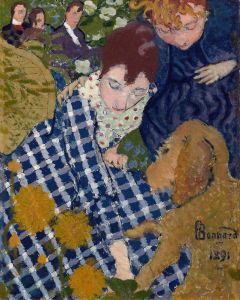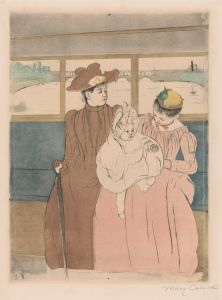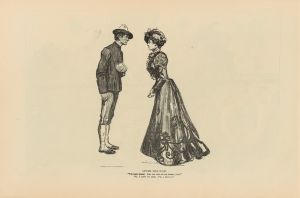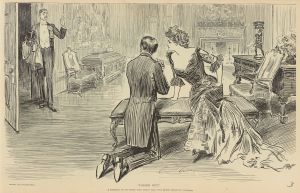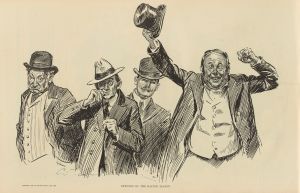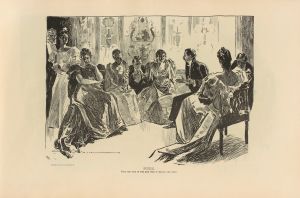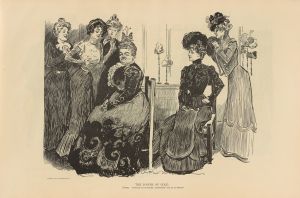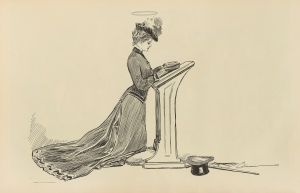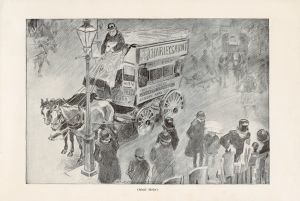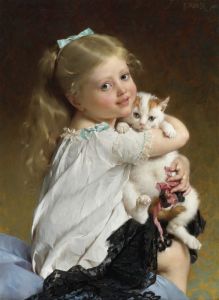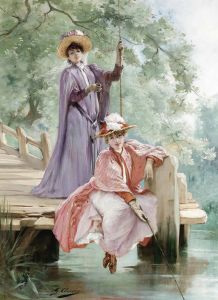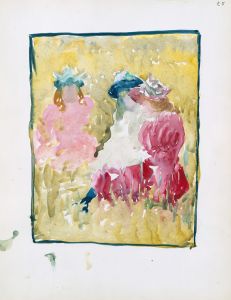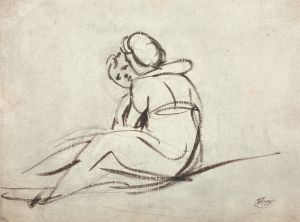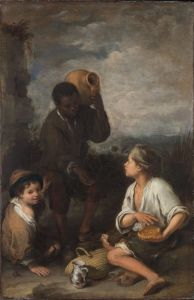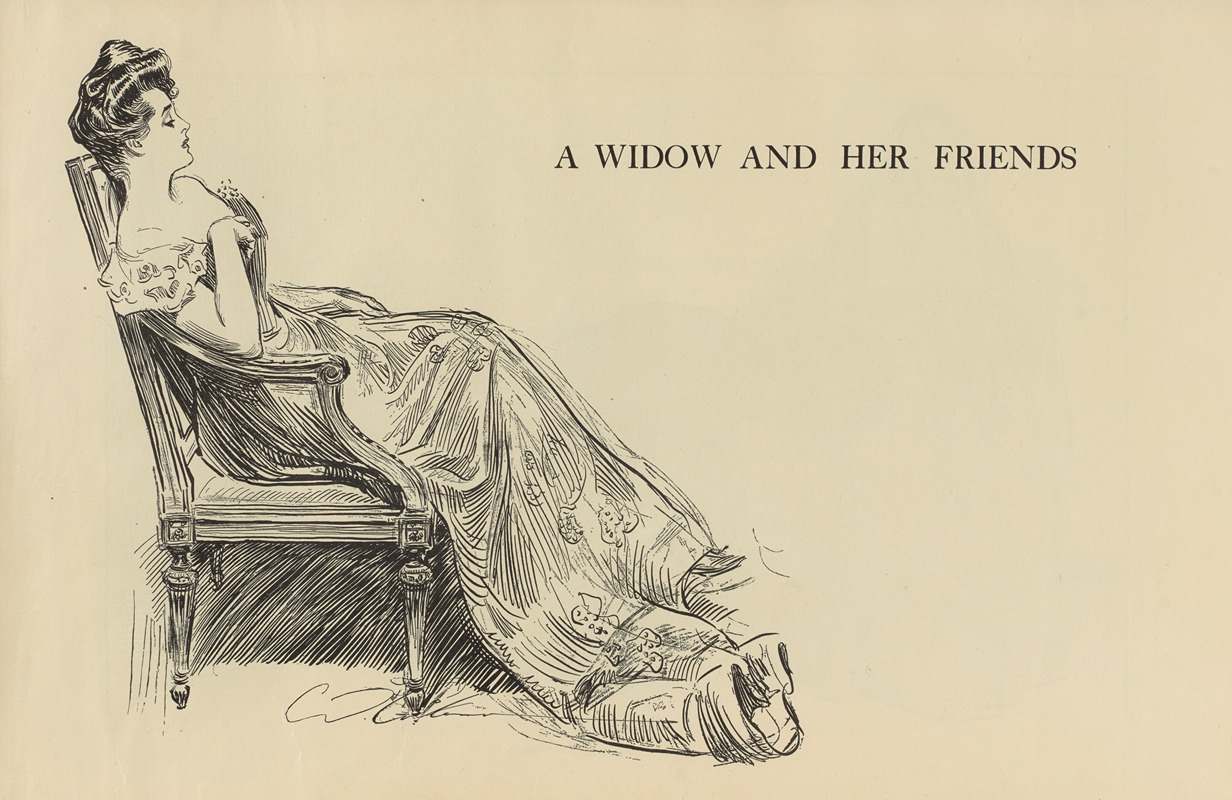
A widow and her friends
A hand-painted replica of Charles Dana Gibson’s masterpiece A widow and her friends, meticulously crafted by professional artists to capture the true essence of the original. Each piece is created with museum-quality canvas and rare mineral pigments, carefully painted by experienced artists with delicate brushstrokes and rich, layered colors to perfectly recreate the texture of the original artwork. Unlike machine-printed reproductions, this hand-painted version brings the painting to life, infused with the artist’s emotions and skill in every stroke. Whether for personal collection or home decoration, it instantly elevates the artistic atmosphere of any space.
"A Widow and Her Friends" is an illustration by the American artist Charles Dana Gibson, who was renowned for his creation of the "Gibson Girl," an iconic representation of the American woman at the turn of the 20th century. This particular work is part of Gibson's extensive portfolio that captures the social dynamics and cultural norms of his time through satirical and often humorous illustrations.
Charles Dana Gibson was born on September 14, 1867, in Roxbury, Massachusetts. He studied at the Art Students League in New York City and began his career as an illustrator in the late 19th century. Gibson's work was widely published in magazines such as Life, Harper's Weekly, and Scribner's, where his illustrations gained significant popularity.
"A Widow and Her Friends" is one of Gibson's many illustrations that depict the social life of the upper class during the Gilded Age and the Progressive Era in America. The illustration typically features a central female figure, the widow, surrounded by a group of admirers or friends. This composition is characteristic of Gibson's style, which often placed a strong, independent woman at the center of social interactions, reflecting the changing roles of women in society during this period.
The "Gibson Girl" was a cultural phenomenon that emerged from Gibson's work, symbolizing the idealized American woman. She was portrayed as beautiful, independent, and socially graceful, often depicted in fashionable attire and engaging in various social activities. The "Gibson Girl" became a standard of femininity and beauty, influencing fashion and societal expectations of women in the early 20th century.
Gibson's illustrations, including "A Widow and Her Friends," are noted for their detailed line work and ability to convey complex social interactions with subtle humor and wit. His work often commented on the social mores of the time, highlighting the contrasts between traditional expectations and the evolving roles of women.
While specific details about the creation and publication of "A Widow and Her Friends" are not extensively documented, it is representative of Gibson's broader body of work that captures the essence of American society during a time of significant cultural and social change. His illustrations remain an important part of American art history, offering insights into the societal norms and values of the late 19th and early 20th centuries.
Charles Dana Gibson continued to be an influential figure in the world of illustration until his death on December 23, 1944. His legacy endures through his contributions to the visual arts and his role in shaping the image of the modern American woman.





